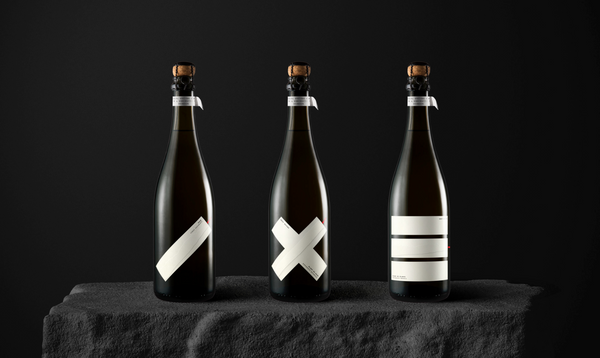If you thought Piešťany primarily known for its thermal spas could only give remedy to those suffering from rheumatic symptoms, you couldn’t be more wrong. Here’s a book that will prove that unjustly abandoned public statues also deserve the spotlight!
We have been keeping an eye on Čierne diery’s activity for some time now: they are a handful of Slovaks with a mission to preserve and promote Slovakia’s built heritage. Their follower base now counts 43,000 fans, which illustrates well that their work is, indeed, meaningful and worth doing. Their limited edition prints are sold in record time, and some of them have even been selected into the permanent collection of the Slovak National Gallery. This time, their volume focusing on the statues of Piešťany has caught our attention.
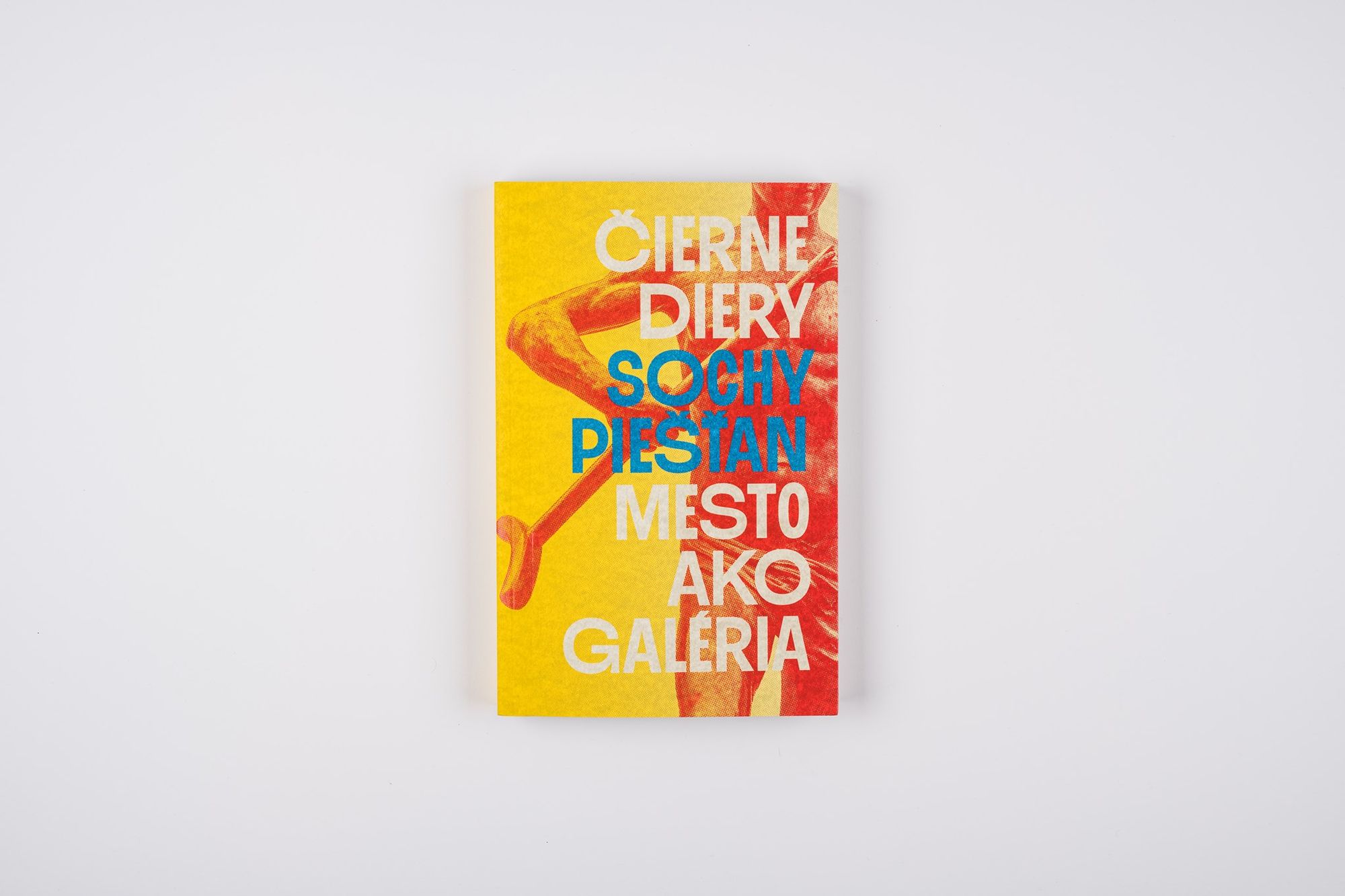

The publication titled “Sochy Piešťan: Mesto ako galéria” (Statues of Piešťany: The City as a Gallery) presents 125 public sculptures of the spa town lying in the valley of the Váh river in an entertaining manner. The choice of topic creates an opportunity for not only the lovers of architecture but also the fans of visual arts and sculpture to deepen their knowledge. On top, the citizens themselves and the audience traveling to the spa town looking for recovery can also enjoy the volume.

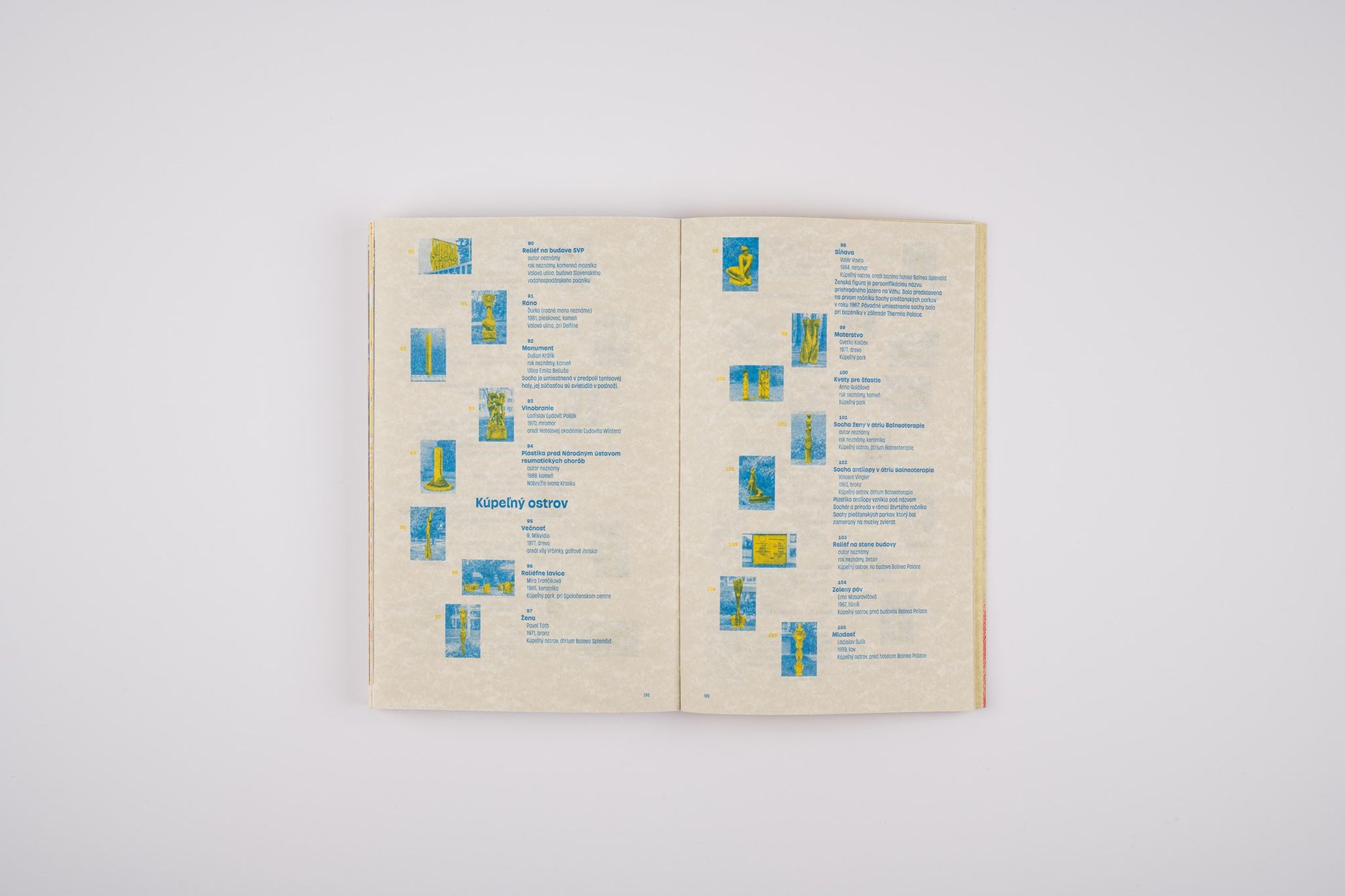
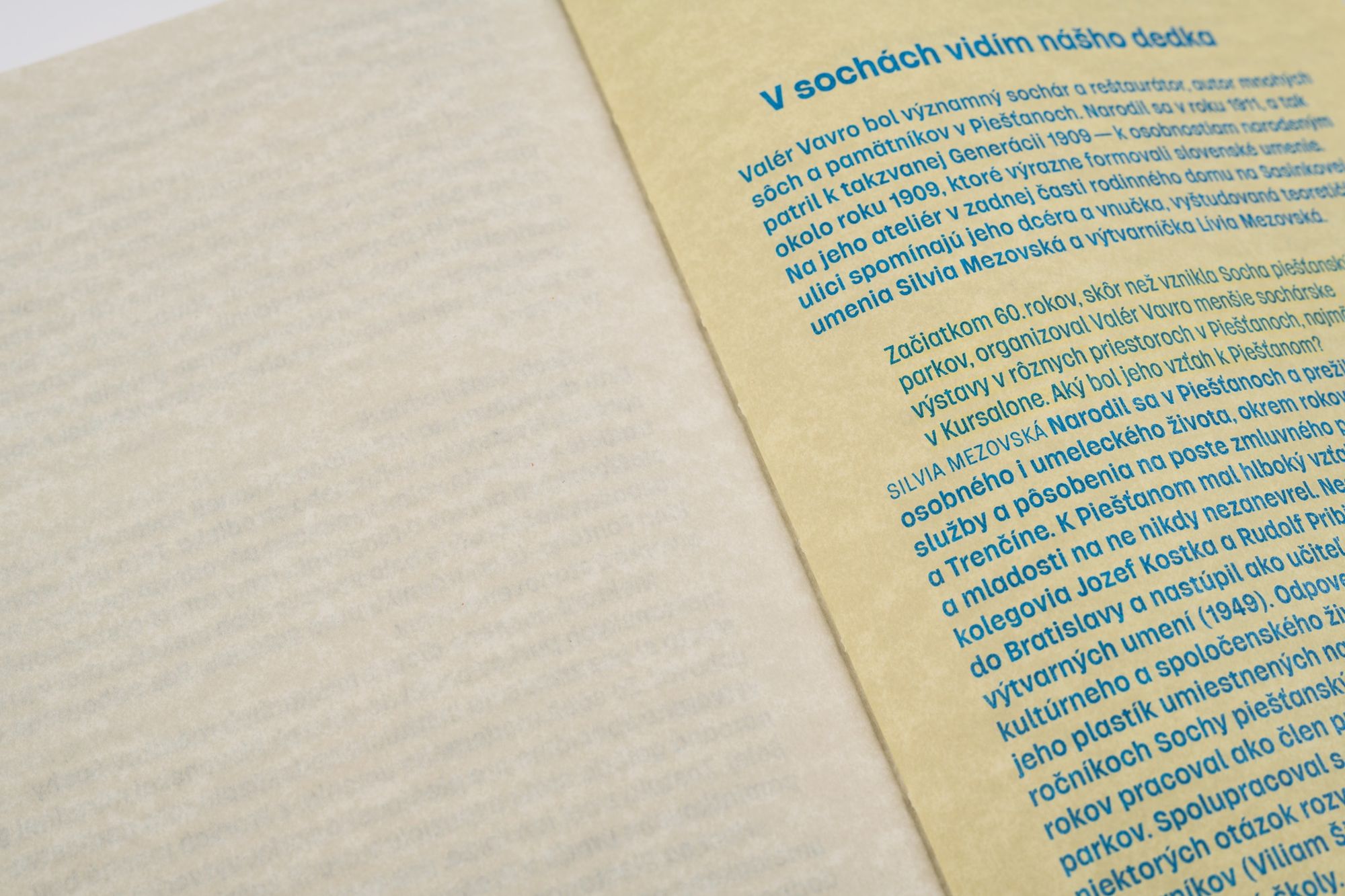
This time, the team of Čierne diery taking care of Slovakia’s forgotten spots and architectural heritage worthy of preservation calls attention to public works of art that often blend in the city’s fabric so much that even the citizens forget about their existence. Sculptures, fountains, building structures or commemorative plaques of the kind—not only in Piešťany, but also in other cities—become part of our everyday life and we get used to their existence but we tend to know hardly anything about them. This is where Čierne diery’s book comes into the picture: they make these objects visible and place them on our mental maps.
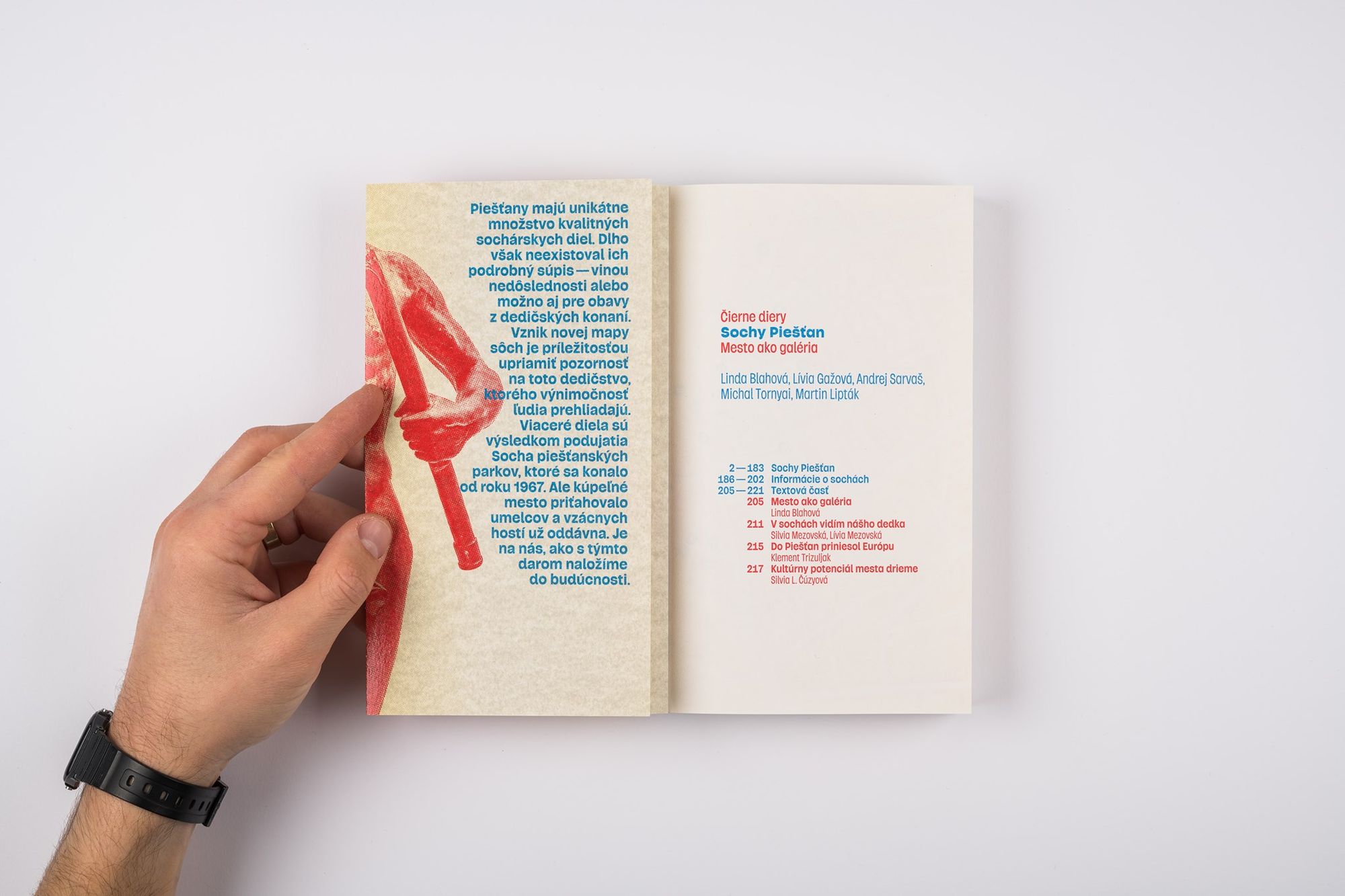
The book examines the public artworks located in the various districts, including Trinity statues from the 18th century, abstract sculptures, war memorials, and even playground objects building on geometric shapes or painted in lively colors and depicting animal figures.
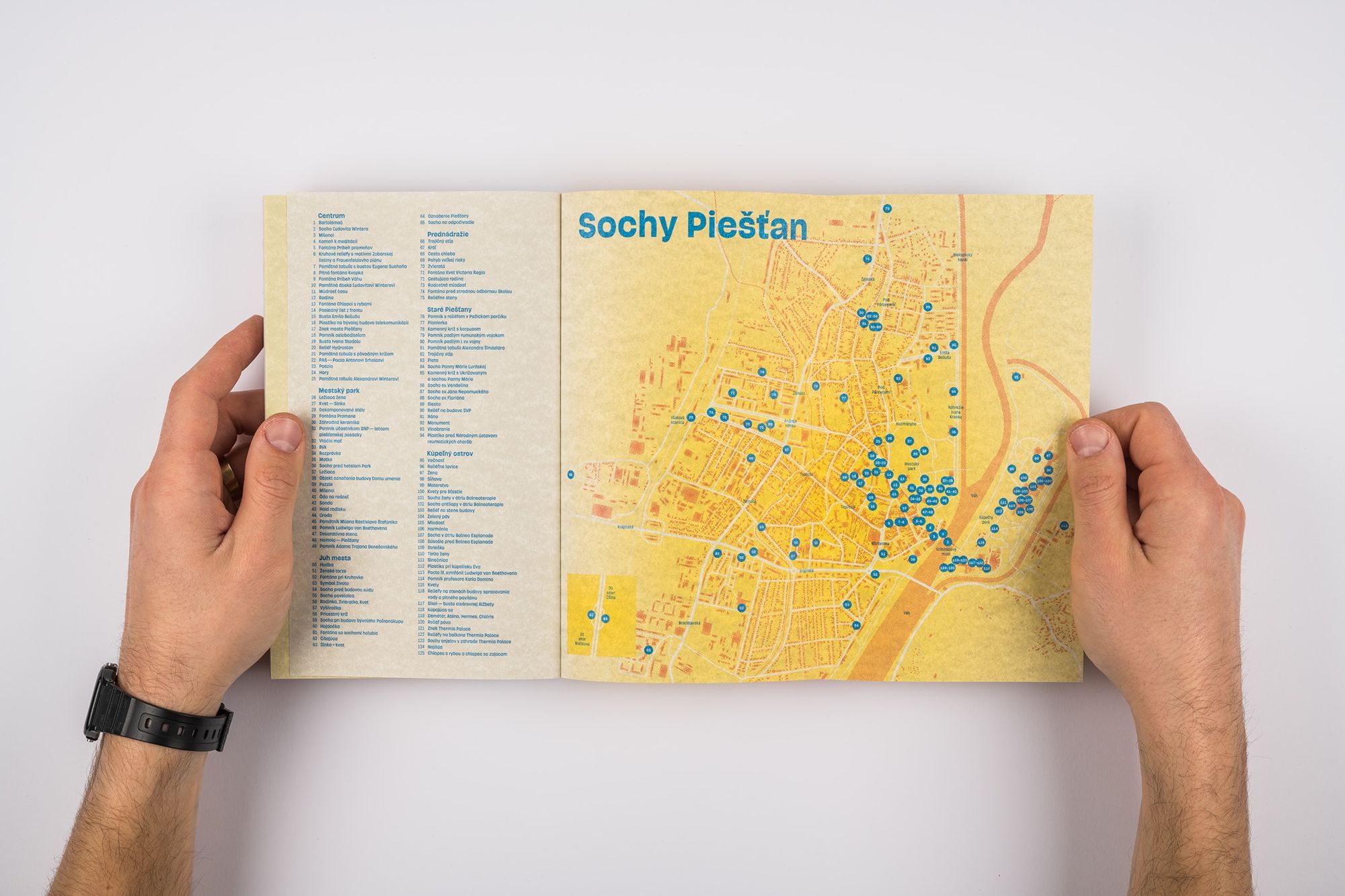
The “Crutch-Breaker”, chosen as the emblem of Piešťany, comes first in the book—Robert Kühmayer‘s bronze statue erected in 1933 has become one with the city’s history once and for all. Other, less known statues receive the same amount of attention in the volume—all public artworks are equal here, the authors don’t differentiate between them and do not establish a hierarchy (and they are very right in doing so). They attempt to present the beauty of each statue exhaustively—with the marvelous photos of Andrej Sarvaš—while also striving to provide sufficient information to readers. The first part of the book shows one statue after another in an album-like manner, and we can find the most important data (name of the creator, the date of making, use of materials) and the brief descriptions facilitating interpretation at the end of the chapter.

Those looking for more can also read the studies at the end of the volume. Linda Blahová’s words help us put the statues made in the various eras into historical context, while art historian-curator Silvia L. Čúzyová offers an insight into the city’s cultural history. Beyond all this, we can also learn more about the oeuvre of the two artists creating various statues in Piešťany, Valér Vavro and Alexander Trizuljak.
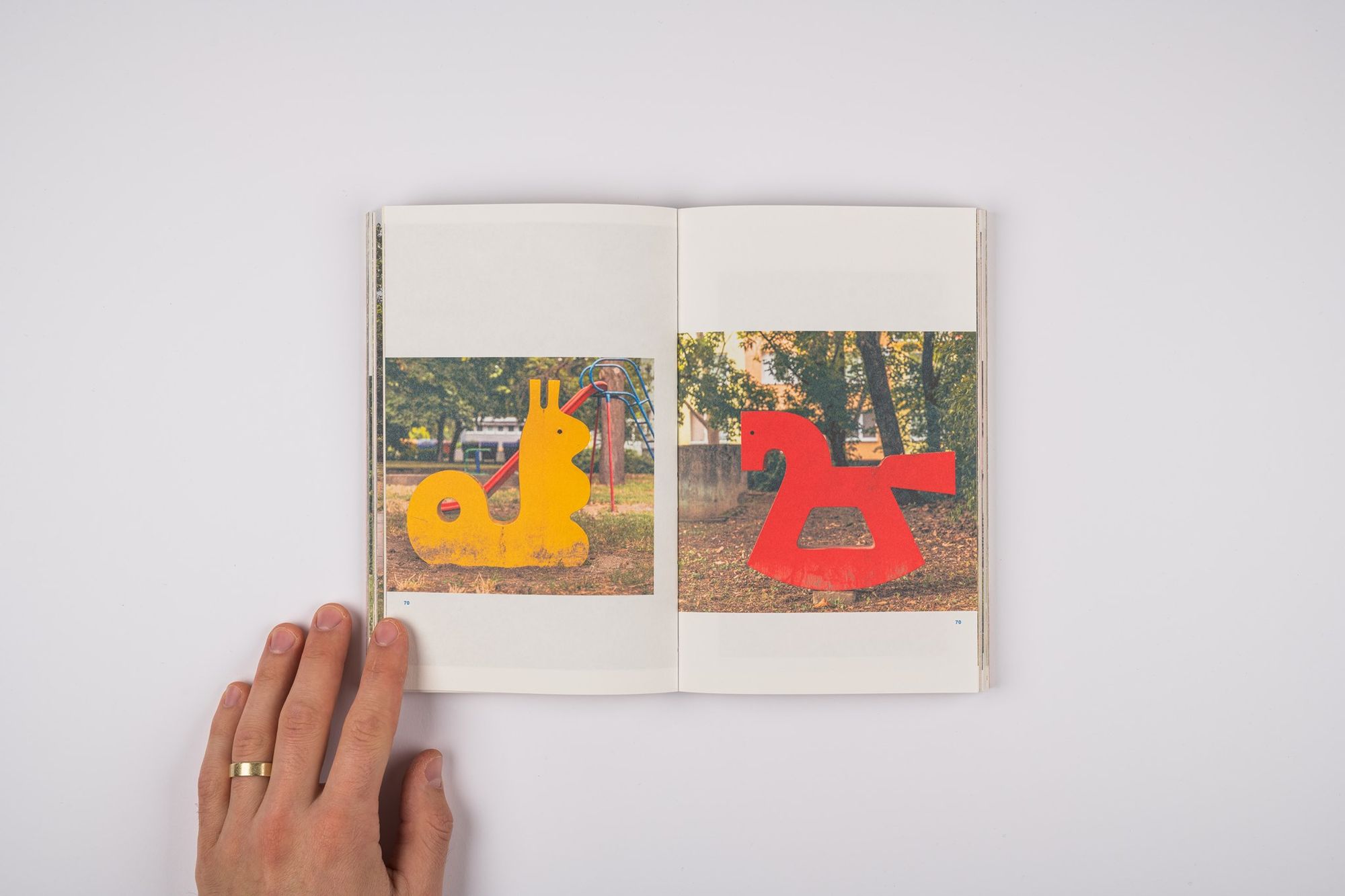

Another benefit of Čierne diery’s volume is that instead of a chunky art album, we get to hold a simple but great publication that fits right into our hands, which can also double as an extraordinary guidebook. The book attuned to yellow, red and blue is also a feast for the eyes with the bold colors and characteristic typeface, which are must-have elements in all Čierne diery publications. The bold look and the reader-friendly length (222 pages) and structure help us look around in Piešťany from a different angle, and perhaps it will even make us appreciate the public artworks in our environment more, too.

Čierne diery has once again set the bar high: for us, the publication is a ten both in terms of looks and content. The only thing that leaves us a bit downhearted is the fact that the book is only published in Slovak—the community organization admittedly doesn’t plan to target the international audience: their goal is to form a strong community within the borders of the country out of those who consider it important to preserve the often forgotten and abandoned architectural heritage (and they succeeded with their mission, perhaps exactly because of their heavily local patriotic strategy). In our opinion, it is still worth purchasing the volume and visit Piešťany once the borders open even if you don’t speak Slovak.
Copy: Linda Blahová, Lívia Gažová, Martin Lipták
Photos: Andrej Sarvaš
Design and typeface: Michal Tornyai
Photos: Nora a Jakub
Čierne diery | Web | Facebook | Instagram
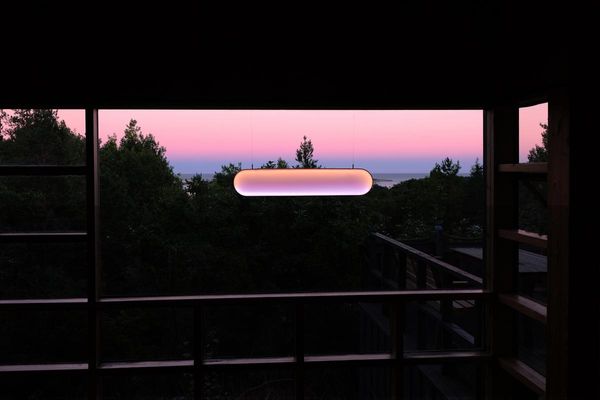
Sunshine for all—The Sunne lamp brings the colors of the sun into your home

Application icons in retro design
